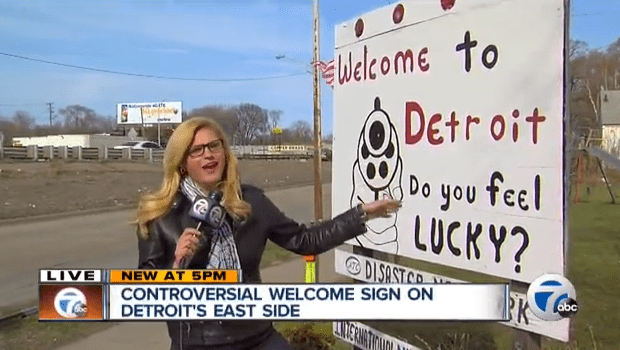In the last installment of Phillip Van Cleave’s force-on-force training report [not shown], the gun guy’s active shooter exercise followed the accepted police protocol. A group of three or four shooters teamed-up to take on the bad guy, moving as a unit. Robert Duncan [not shown] recently wrote in to the Force Science Research Center to report his tactical findings. The active-shooter instructor for the Waterloo (IA) Police Department reckons that forming a three or four-man team—or a CF like the one shown in this video—is not as effective as sending in two-man teams from different directions . . .
In a scenario where a suspect moved and shot inside a building, as a real offender would when hunting for victims, we had a 2-officer team enter and about 15 seconds later, a second team go in. Each team would split up, so 4 officers total were moving independently rather than maintaining any kind of team cohesion.
Several times the first officers would get the suspect cornered from different angles and killed before the other 2 could even get in. We then had the suspect start running from the officers when he saw them. With 4 officers coming from different directions, the suspect didn’t have a chance and the incident was over in seconds compared to minutes when the teams stayed together.
Having multiple officers splitting in different directions was by far the most effective way to stop the active shooter. The officer playing the suspect role usually would engage the first officer he came in contact with. This effectively stopped the suspect from seeking out victims because he was engaged with the officer. Usually within seconds a second officer would arrive and the suspect would be taken out. The suspect was so focused on the first officer, he wouldn’t see the second and was completely surprised.
One question that’s asked when we have officers go in different directions is what about cross-fire between officers if they come in contact with the suspect. From what I’ve seen, when you have a contact team or even just 2 officers moving together, one will almost always get out in front of the other. They when they make contact with the suspect and start to engage him, almost always the officer in the rear shoots at the suspect even though his partner is a few feet in front of him–easily shooting the partner in the back. During our scenarios where officers split we never ran into a crossfire situation. Not saying it isn’t possible but it seems the risk is much greater when staying together.



